Promotion for Yates
With the cost of living crisis continuing to bite at the heels of Kiwi families, it’s a great time to consider the multiple benefits of growing your own vegetables.
Homegrown vegies are cheaper, fresher, often have a higher nutritional value, and provide a great sense of satisfaction at harvesting time. So it’s no wonder that there’s a growing movement of people who are living off their land and growing more for less.
Gardening hacks for beginners
Even if you’ve never planted peas or potatoes, peppers or pumpkins, there is never a better time to get planting. To help you get started, Yates has provided some handy gardening hacks for beginners.
- Clear plastic sushi or salad ‘clamshell’ containers make great mini greenhouses for getting seeds started. Just poke a few vent holes in the lid, fill the bottom half with seed-raising mix and sow your seeds. Add a little bit of water, close the lid and place the container in a sunny spot.
- If you’re planting out seedlings in cooler temperatures you can protect them from frost – and slugs or snails – by using 2L soft drink bottles. Take off the lid, cut off the bottom and push the bottle down over the seedling, into the soil. When the seedling, is ready to face the elements remove the bottle during the day and pop it back on overnight, until the seedling is mature enough to grow on its own.
- If you’re short on space, you can start a bag garden. Black soft plastic polybags can be placed anywhere, are inexpensive and are an economical option to replace rigid and heavier pots when growing vegies and herbs. Use bigger sized bags as smaller bags dry out faster in hot weather.
- Attract insect pollinators to your vegetable garden with colourful flowers. The more bees and butterflies you have visiting your vegies, the better your harvest will be.
- If you have cats in your neighbourhood make sure there isn’t any exasperating litterbox action in your newly sowed areas by ‘planting’ disposable wooden forks or chopsticks into the soil, to discourage digging … or just a bunch of pruning offcuts pushed into the soil.
- Take advantage of sunny house or garage walls to grow tall tomatoes. Plant seeds in polybags and hang lengths of stretchy cotton plant ties from cup hooks under the eaves. You can spiral wrap it around the main stems to hang up the plant, then gradually train it to full height. Even a tomato plant heavily laden with fruit will hang quite comfortably from stretchy plant ties.
- If you’re growing beetroot, there’s a good trick to maximise your results: soak the seeds in water overnight before you sow. When the seeds sink in the water, they’re ready. Each ‘seed’ is actually a cluster of 1-4 true seeds, protected by a corky outer coating.
- Double the life of your vegetables by sprouting them from scraps that may normally get thrown out, including lettuce, celery, bok choy, leeks, and onions. Simply place the cut base of the vegetable in an inch of water, place in good light and change the water every couple of days. Once roots have shown on the cuttings, the sprouted vegetables can be planted out in the garden, or transferred into pots, to grow on into new plants.
- Grow your vegetables from seed instead of seedlings. The math is simple – you get dozens more plants from a packet of seeds, for a fraction of the cost.
- Join a garden club or community garden and learn everything you need to know from the pros.
Download this printable and inspire the kids with these fun seeds they can grow
There are so many benefits to getting kids into gardening. It helps them to understand where their food comes from, which can have a knock-on effect of encouraging them to try new tastes and discover the extraordinary diversity of fruit and veg. Gardening can also inspire kids with a love of nature and encourage patience and nurturing. Not to mention all that fresh air!
Seasonal planting guide
Use our guide for the best time to plant and get top tips for growing healthy plants. The climate in New Zealand varies widely so you may need to adjust to suit the climate where you are. We’ve picked out the best plants to grow if you’re getting started on your growing journey.
Spring / summer planting
Beans and peas – These guys don’t like frost and cold temperatures so in warmer areas you can start planting them out from late September or early October. If you are at risk of a later frost, wait until the danger has passed. Plant some again in December / January so you can harvest all summer and into autumn.
Cucumber – There are many varieties of cucumber including telegraph, green, and apple! Give them plenty of space in the garden and plenty of water. Frost tender so in colder areas plant after Labour Weekend.
Courgette / zucchini – They don’t like frost so you can plant them in most places from late September right though until late January / early February. One or two plants in a lovely sunny spot and well-watered will keep producing right through into April in most areas.
Potatoes – If you want potatoes ready for Christmas, your best bet is to plant them in September. You can plant them any time from then right through until December.
Pumpkin – Enjoys the summer weather so plant in spring and harvest in autumn.
Tomatoes – Tomatoes are a summer plant, so spring is the best time to plant, in fact, they are traditionally planted by many at Labour Weekend. Make sure they are protected from any late frost, water and feed and they will reward you into autumn.
Mint, rosemary, thyme, oregano, chives, dill, and sage – These last all year round but will be quite dormant in the cold weather. Plant in spring for years of fresh herbs! Parsley needs to be in semi-shade otherwise it will go to seed.
Parsley, coriander, and basil – These should be planted in spring in semi-shaded areas to prevent them from going to seed in the hot summer sun.
Autumn/ winter planting
Broccoli – Great for when those pesky white butterflies and aphids aren’t around. Choose a hybrid that is ideal for winter growing.
Cabbage – Cabbages don’t like warm temperatures and if grown during summer will be targeted by white butterfly and aphids. You can get in early and plant them in early spring to harvest before the warm temperatures hit, although the best bet really is to plant in autumn and even winter in warmer places. Along with their cousin brussels sprouts, they are one of the few reliable winter-harvesting veges.
Broad Beans – Happy in the colder temperatures so you can plant them from around March to the end of July in most places but if you are in colder areas, you can extend this by a month at either end.
Year-round planting
Bok Choy (Chinese Cabbage) – Plant year-round, including in winter but be sure to protect the tiny seedlings.
Lettuce – There are many varieties of lettuce and with a bit of luck you will be able to grow some almost all year round. They tend to go to seed quickly in the hot summer so keep replanting and harvesting for best success.
Micro-greens – Plant in pots in well-lit positions in winter or outdoors in summer. Snip once they are about 3-5cm tall for a tasty and pretty addition to any meal. Just 18 days from planting to snipping!
Spinach – You can pretty much plant and harvest spinach year-round in many areas. It does like sun, but if you are in a warm area you will find in the hot summer it will go to seed quickly.
Silverbeet – The hardiest of all plants! Plant any time in warmer places and avoid the peak of winter in colder places. Keep free from slugs and snails, harvest regularly to encourage new tender growth and you will be able to eat it all year round.
Tatsoi – This versatile green can be eaten raw or cooked so is perfect for adding to almost any dish. Grow in a warm sheltered spot in a pot in the winter or outdoors in the summer (they will be happy with a bit of shade). Keep harvesting and you will be rewarded with continuous growth.
Rhubarb – Plant at any time, but it’s best to avoid planting in the peak of the summer. There are different varieties that will grow more vigorously earlier in the spring than others.
Written by Kidspot NZ with information supplied by Yates.
See more:

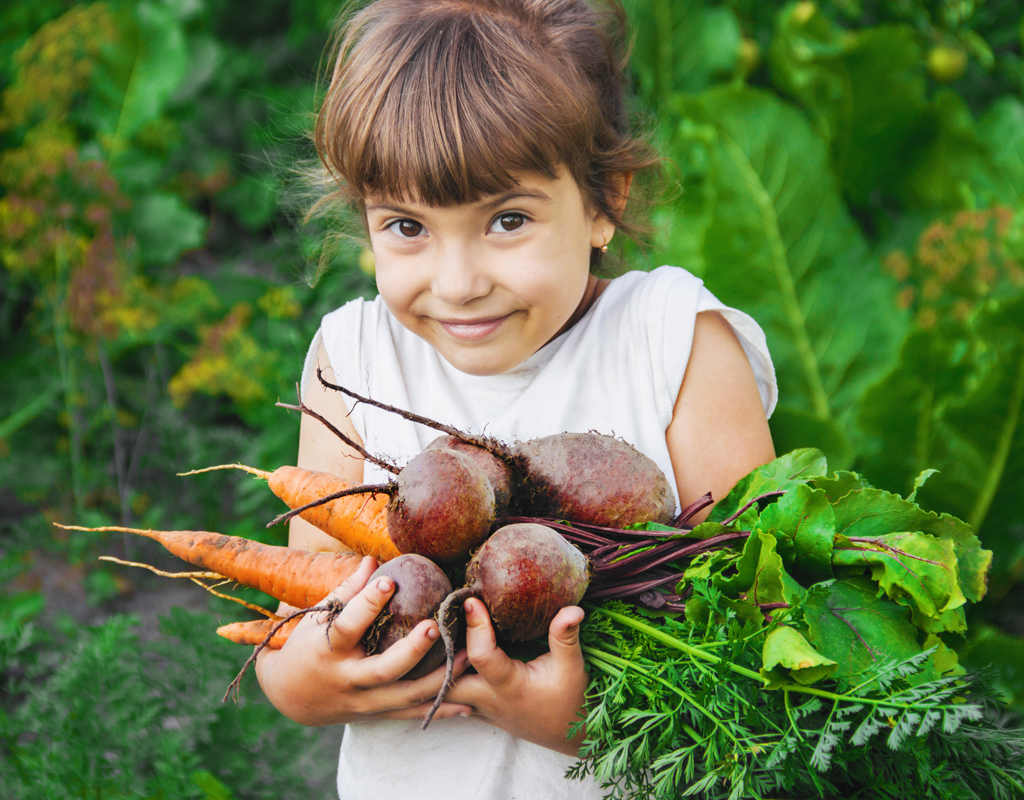
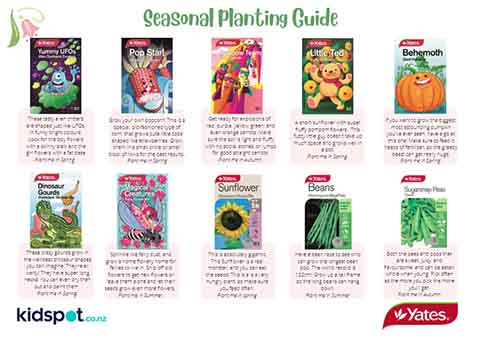

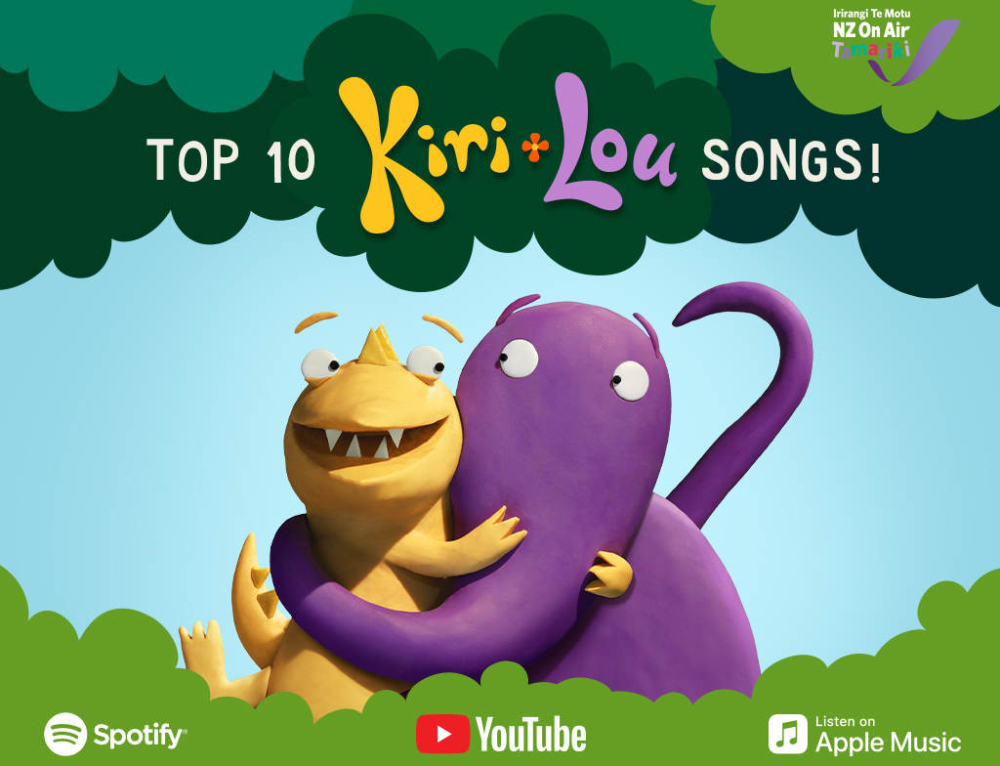
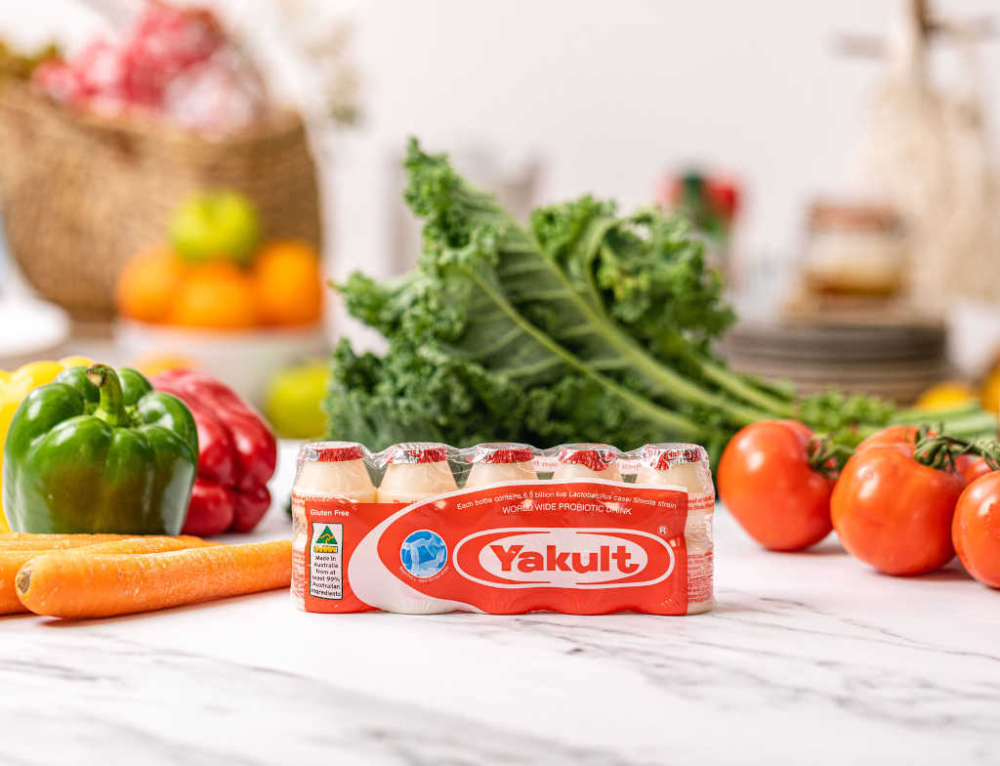
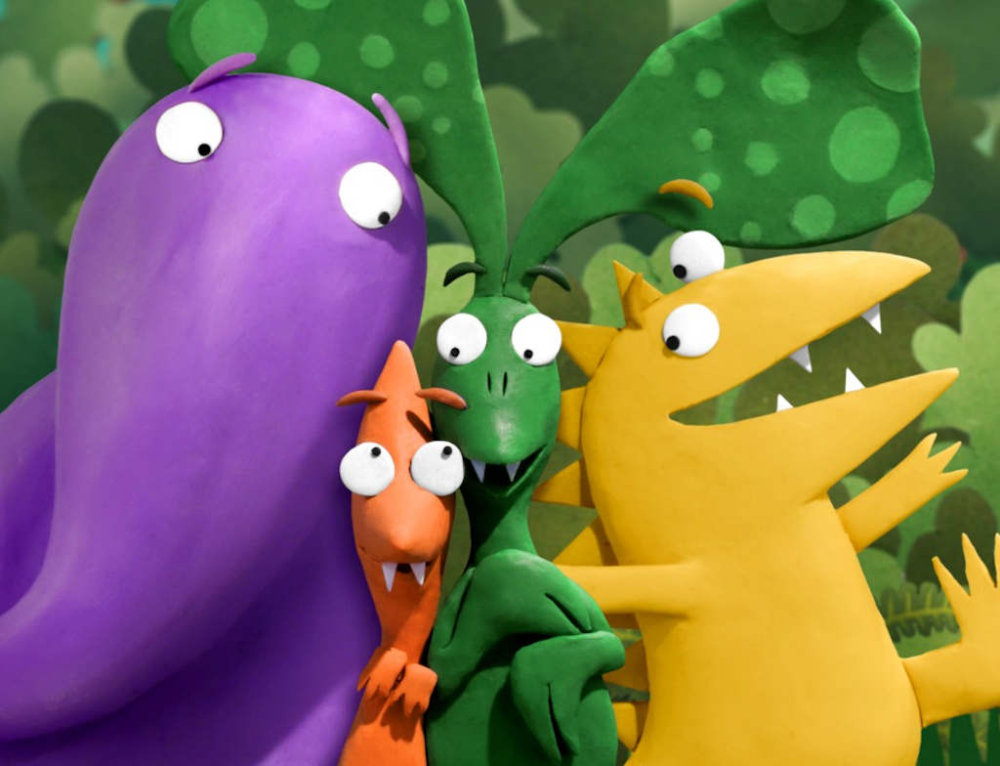
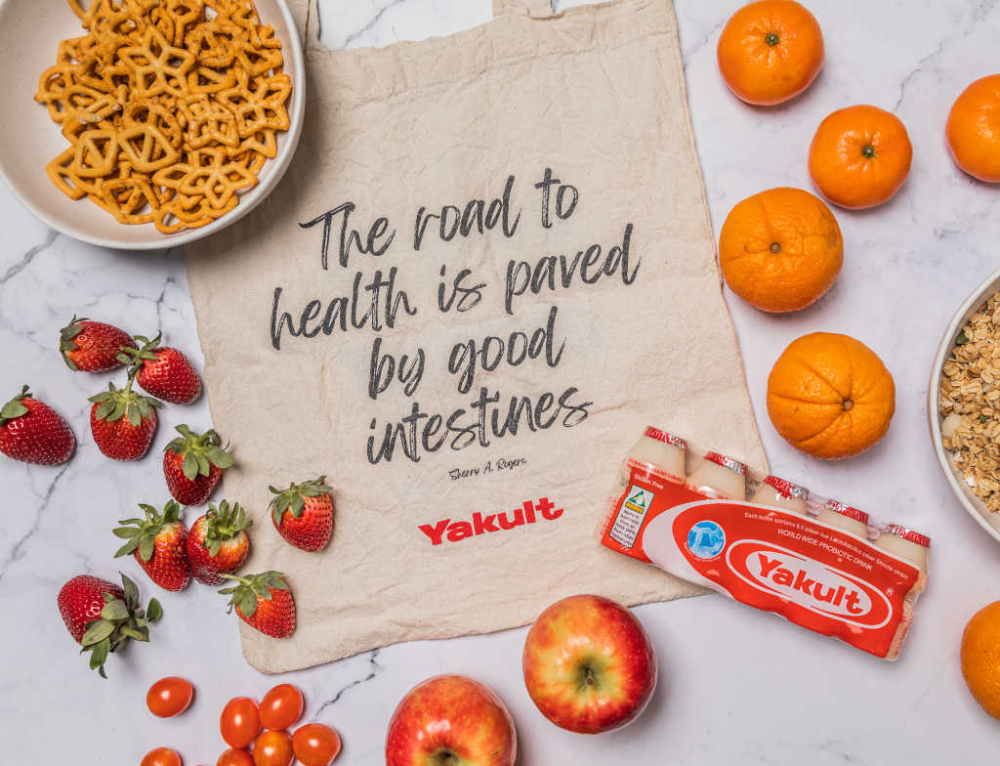

Leave A Comment
You must be logged in to post a comment.